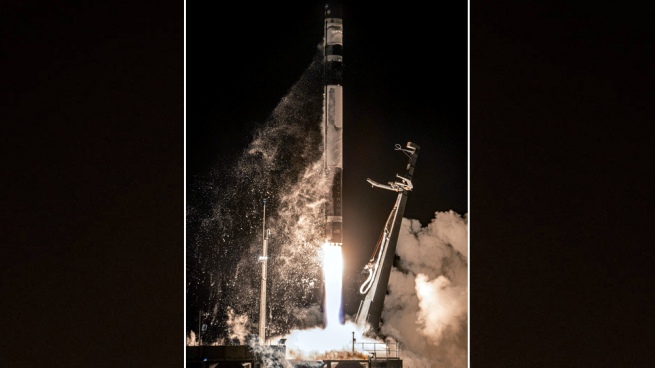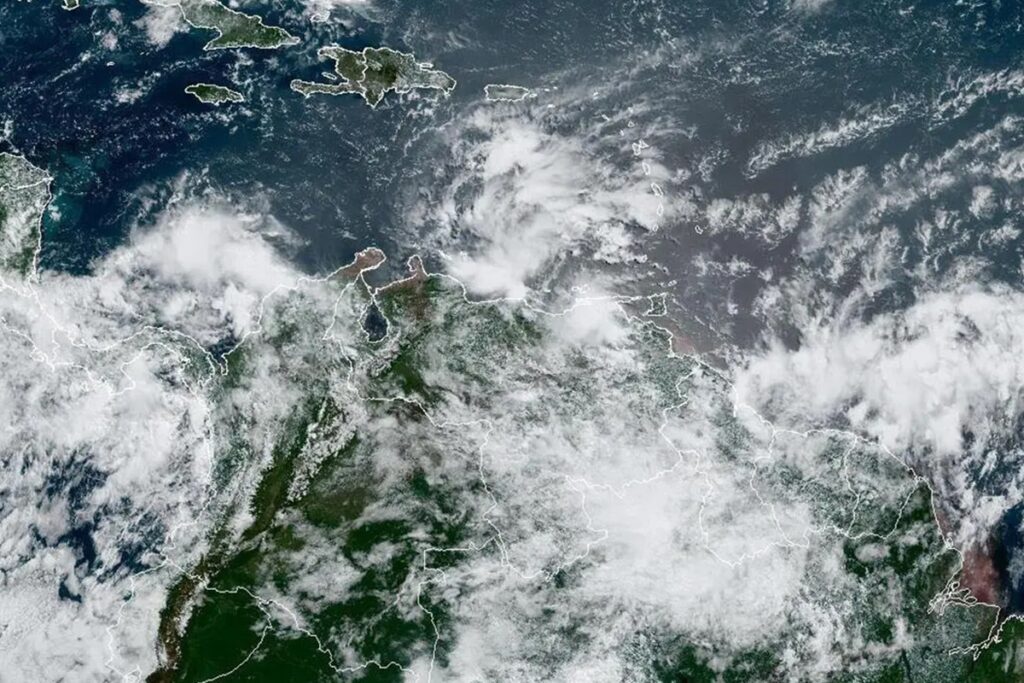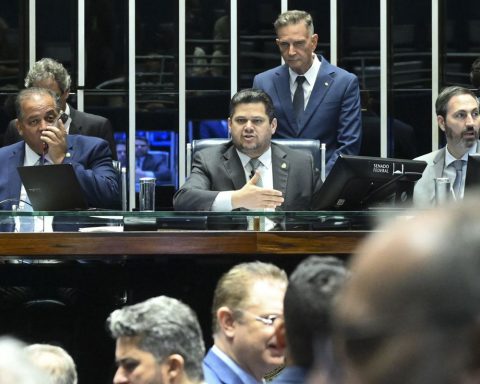NASA has launched a nanosatellite slightly larger than a microwave oven into outer space as part of a historic mission to send humans back to the Moon.
The rocket carrying the tiny CAPSTONE module was successfully launched from the Mahia Peninsula in eastern New Zealand.
Departure confirmed. The SS Piers Sellers, named after the late astronaut and NASA climate scientist, has departed the @Space_Station. @NorthropGrumman‘s Cygnus spacecraft is now in free flight for a safe return to Earth: https://t.co/FRrjhINIvY pic.twitter.com/E8j5yjkkFa
— NASA (@NASA) June 28, 2022
“We take off!” NASA said in a statement shortly after the launch minutes before 7 a.m. Argentina Monday, which was described as “absolutely fantastic” by Bradley Smith, director of launch services.
The US space agency hopes within four months CAPSTONE will be in a position to initiate innovative “near-rectilinear halo orbits” around the Moon.

With a weight similar to that of a suitcase, the satellite is testing an orbit for NASA’s “Gateway” space stationwhich will travel around the Moon and serve as a starting point for lunar exploration.
The orbit passes within 1,600 kilometers of the Moon at its closest point, before catapulting to 70,000 kilometers at its furthest point.
Scientists hope to use the pull of the Moon and Earth to minimize fuel use.
As part of the same project, the United States also plans to send the first woman and the first person of color to the Moon.


















